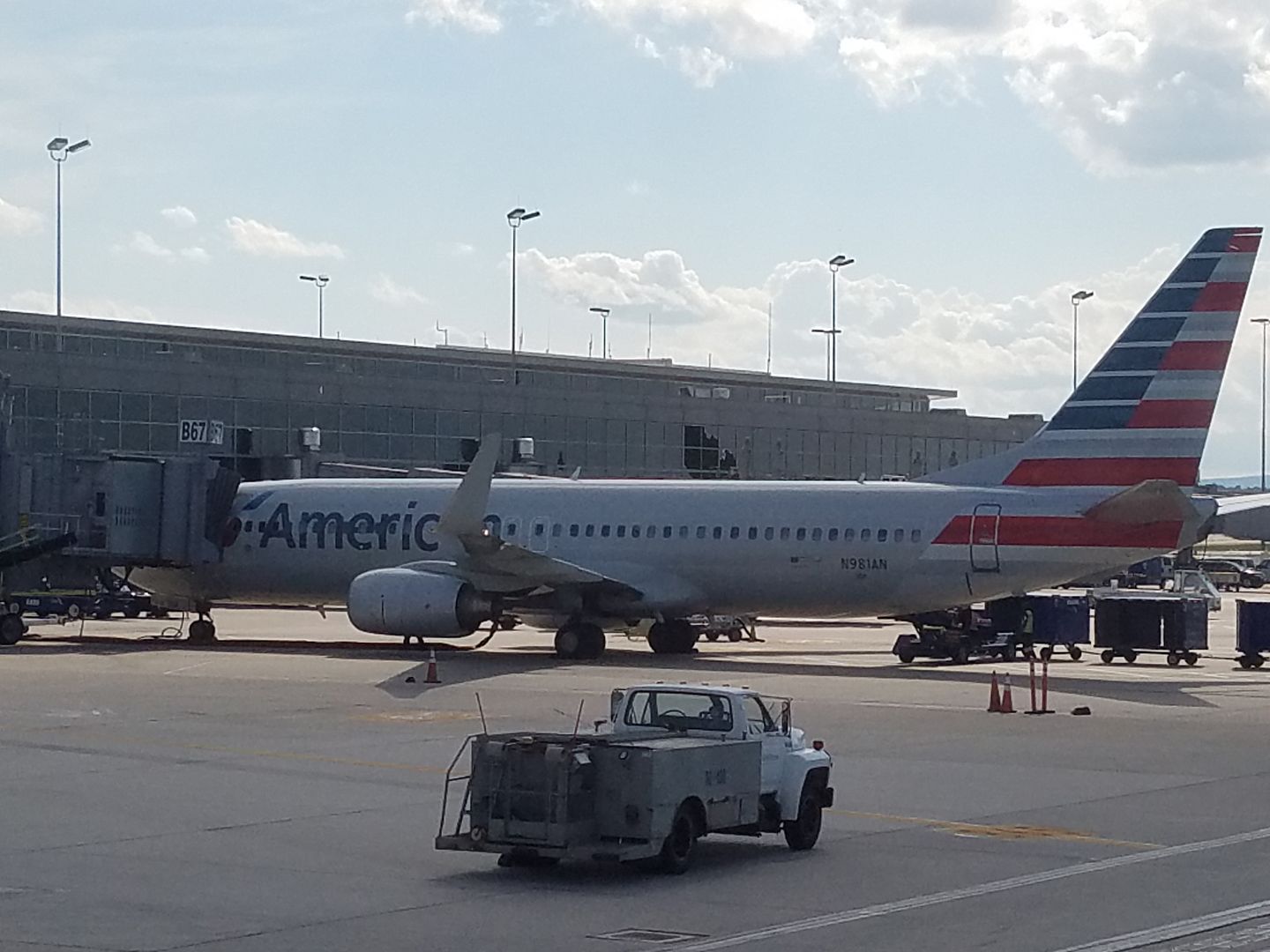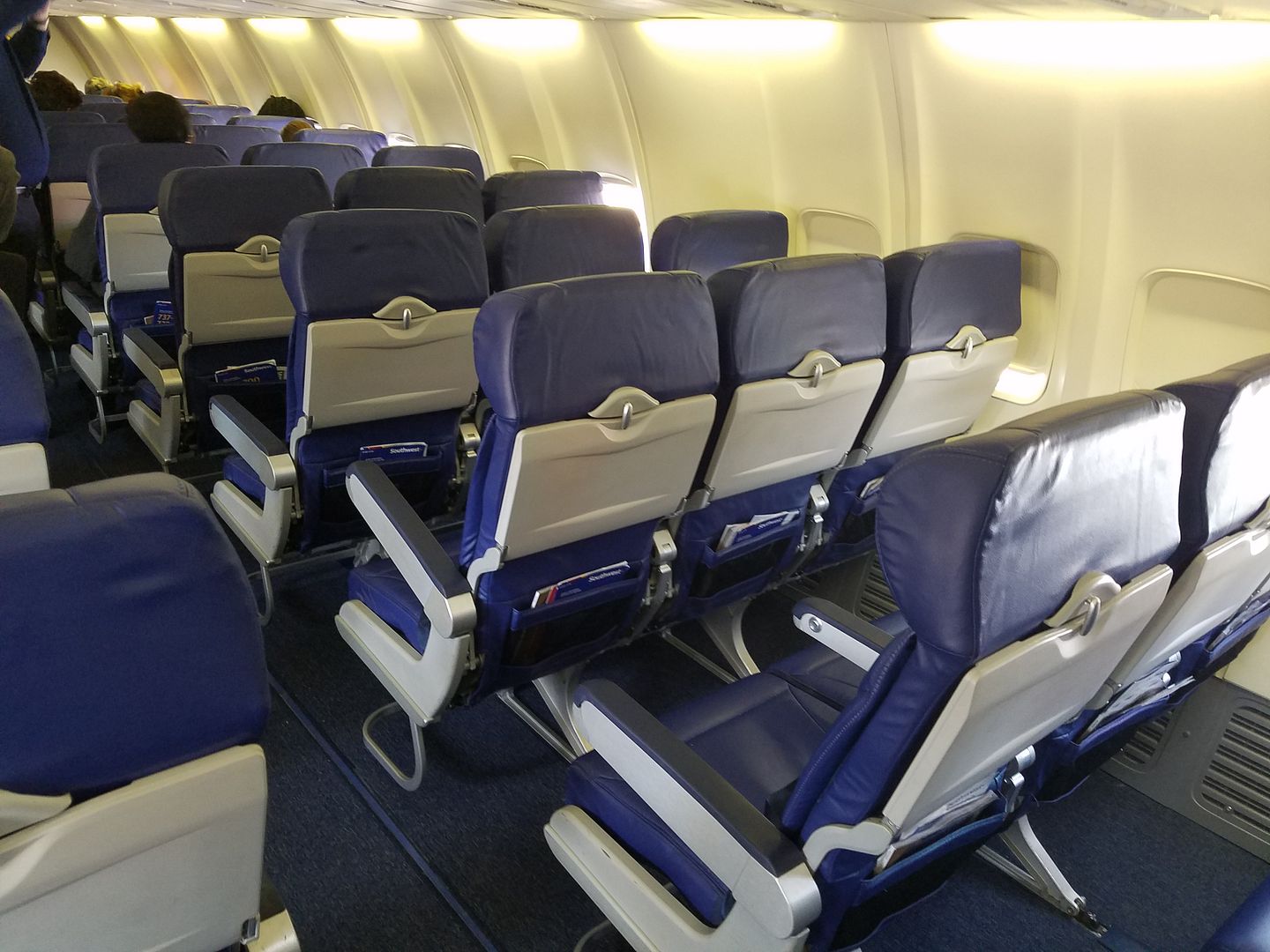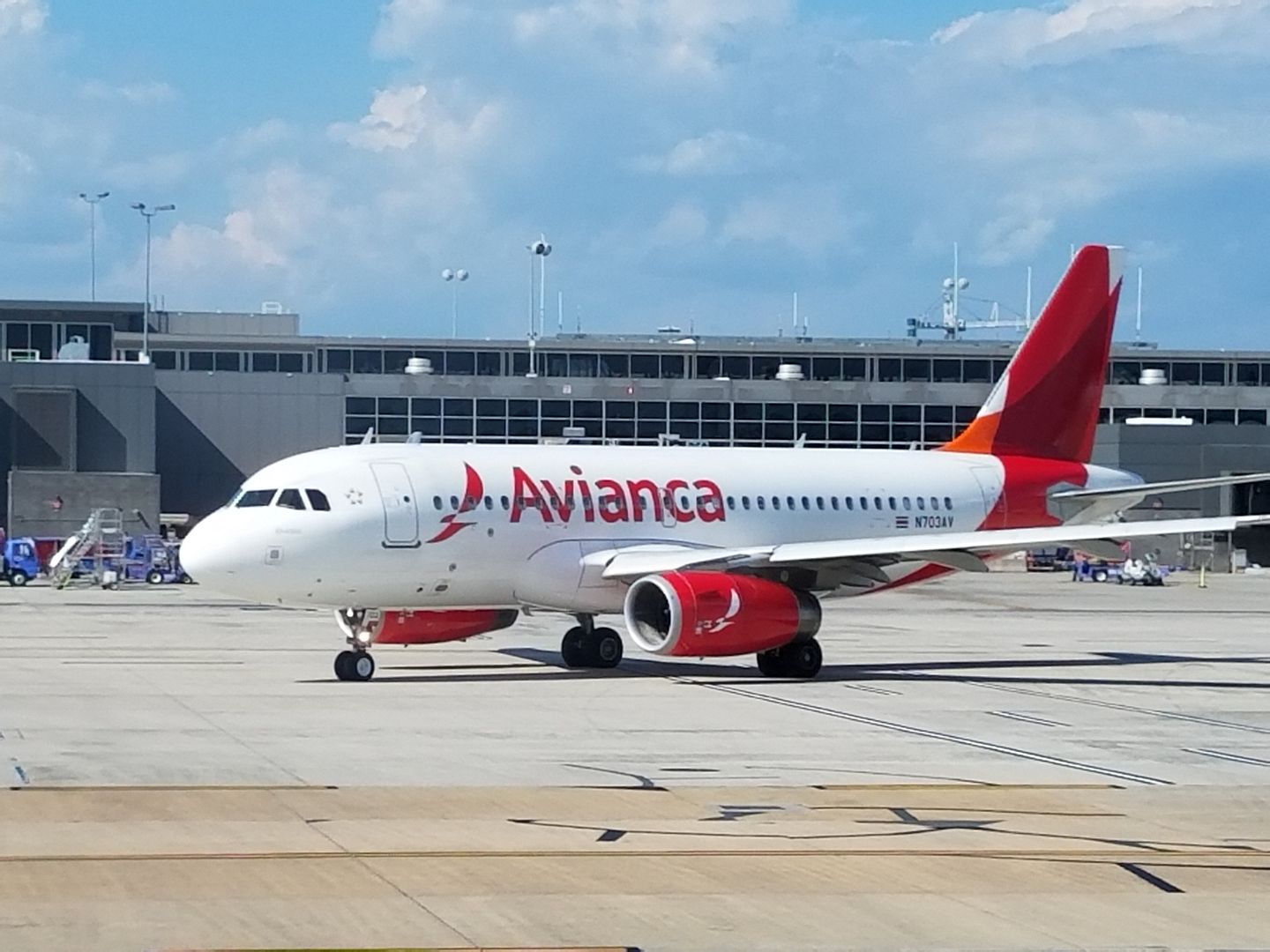IdeaWorks is out with its 2017 award availability study. I’ve savaged the study in the past. However I have to give the author credit, Jay Sorensen engaged in comments and took some of the criticisms seriously. This year’s study is better.
Jay’s work generally argues – I think wrongly – for revenue-based programs. And I believe the study’s structure will favor revenue-based short haul airlines. But basic flaws such as substituting favored routes have been eliminated.
The bottom-line is that IdeaWorks finds Southwest and JetBlue usually have award seats available at a reasonable price. If you’re earning points by flying, and want to redeem for more flying on the same airline, they offer a solid value proposition. Alaska Airlines is much-improved here, and offers the most “payback” (ticket value for miles earned).
Delta comes in 10th, United 13th, and American 18th. I’m genuinely shocked they were able to find available saver awards on American over 50% of the time. (American’s economy award availability is a little bit better than domestic first class award space.)

Here’s their ranking of top 10 airlines for award availability:

Unlike in past years, IdeaWorks finds award availability is worse this year than last year although much of that effect is driven by queries of non-U.S. airlines (and is driven by routes selected).
The limitations of this study have frustrated me for many years. It doesn’t show what it appears to show if you look at the rankings of who is best and who is worst. That’s how the media will use it.
In fairness, the FAQ (.pdf) puts right up top several of its limitations. It even cautions in the first answer,
The results most accurately compare similar programs such as American, Delta, and United. Comparing a mileagebased program, such as Alaska Airlines, to point-based programs such as AirAsia, does not represent the best application of the survey results. The survey is not intended to indicate which frequent flyer program is “best,” which would be a very subjective assessment.
The study queries award availability online in March for travel June through October. That means airlines who don’t do a good job on their website are disadvantaged. It also introduces some vagaries over timing of when airlines make award seats available (11 months out, close to departure).
IdeaWorks is also up front that taking the top routes of each airline to query for award availability “could be seen as favoring shorter haul airlines” like Southwest which comes out on top.
However the reason for favoring short haul airlines isn’t exactly the one identified by the study. They suggest that short flights have historically had better availability than long ones. That’s true but it’s only half the story. For revenue-based programs like Southwest and JetBlue, where they stipulate spending 25,000 points ‘counts’ as an award being available, this means that advance purchase short haul flights just have to be less expensive than long haul flights in order to skew the results.

In recognizing that best award availability under their methodology doesn’t mean best program they’re getting at the more important point. If you want to fly business class to Europe with your hard-earned miles, Southwest’s award availability just isn’t going to help you.
This year’s study is also improved by removing subjective decision-making about what available awards ‘count’ – in the past less desirable (to some) flight times or connections were excluded.
Nonetheless it focuses on using points for travel on the frequent flyer program’s own airline. LifeMiles ranks last (20th) in the survey but if you’re using LifeMiles to fly Avianca you’re doing it wrong.

Still that is how most people use their miles, and so may be useful to the median member and something that programs should care about. It’s not a useful guide for readers of this blog who are more likely to use want to leverage their miles, book on partners, and fly on less common routes.


Ehh, No. Apples and oranges for the most part.
You sorta get at this, but the real problem with the study is that it doesn’t understand the value in using miles across a range of airlines (ie, using United miles to fly LH). With that, all airlines in an alliance should essentially be the same.
You criticize OMAAT for criticising without offering a better alternative (re. Etihad apartment) but I don’t see you suggesting a better methodology?
It is obviously so complex that attempting to simplify it down to a ranked table is impossible without making some unrealistic assumptions. So tell us how you’d do it and let’s see if Jay can find any issues with it.
This nonsense again.
From the link: “Southwest now holds the first place position by itself with an outstanding 100% score; every flight queried provided reward seats below the domestic saver-style level of 12,500 points/miles. ”
It is COMPLETELY absurd to include WN in this “analysis.” WN RR award tickets are purchased with WN points, which are basically equivalent to cash (with some technicalities, I know, against the base fare and 72-80). And there are no blackouts.
Let’s say they are worth 1.5 cents each for now.
So to simplify, whenever you find a one-way WN flight costing about $187 or less, you can buy it with 12,500 points 100% of the time.
If the flight you want costs $188, you can get it for 12,500 points exactly 0% of the time.
Several years after RR 2.0 gets introduced and these guys STILL do not understand this simple tautology? People pay money for this report?
Who needs a “study”?
American Airlines’ award availability sucks. Period.
Any study that ranks DL before UA has zero credibility. DL does not publish award charts and thus for the most part DL awards are not comparable to UA saver awards, except in the rare instances when DL allocates space at its lowest unpublished levels. Not surprised to see BA ranked so highly and in fact it would be higher if the study surveyed inventory when seats are released. However the study also ignores the significant “fuel surcharges” on LH and BA which significantly devalue awards.
As for WN, would be interesting to see how many points are used for cheapo $59 WGA fares vs. higher priced fares. That would be a better gauge of value.
In sum, this report really doesn’t tell us anything we don’t already know and is – as always – useless and highly misleading for those who are looking beyond short-haul economy redemptions.
@Daniel
That’s becoming less and less true. LH and SQ, for example, have better availability for their own members than they do partners.
I have noticed a trend, especially with AA, to show availability, but when you look at the flight it is ridiculous. For example, west coast to east coast back to west coast to Hawaii, for a 35 hour transit time. Or only red-eyes when it’s not a flight where red-eyes are common. Seems from the FAQs that they would have counted this as availability.
Also is this just coach?
Either way the numbers are pretty hard to believe based on experience.